Big Arnold
Everyone has their pet nomenclature for the haul sack. Mine was “Big Arnold”. A short primer for any sport climbers who may not have enjoyed the special dance with the pig known as hauling. The leader climbs a pitch and anchors. The second cleans the protection. As the second moves up, the leader hauls Big Arnold on a separate rope system of pulleys rigged to the belay points. That puts hundreds of pounds of stress on anchor bolts driven into the wall decades ago. Gear drops are potentially catastrophic. One of the worst accidents I heard of occurred when a party tied into a chain which linked several bolts together. The bolts are stronger than the chain and in the case of multiple bolts it is best to tie into each one separately. They didn’t. When they dropped Big Arnold, it plummeted 165 feet to the end of its rope, putting an explosive strain on the chain and breaking it. We treated Big Arnold with respect.
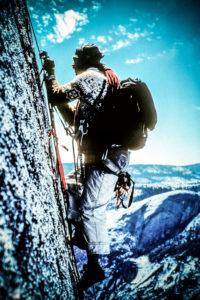 The first day ended above the famous Stovelegs Cracks, so called because Yvon Chouinard protected the pitch by making pitons large enough to fit the crack out of stovelegs. I was the designated pendulum expert. I ran back and forth on the wall until my pendulum was big enough to allow me to reach the base of the Stovelegs. I did not log any great leads on the Nose but my work on Stovelegs was competent. I moved up quickly placing a minimum of protection. We came to the last section which was a difficult off-width. It was getting toward evening and there was no time to waste. I jammed in a tube chock that wanted to roll around at the most difficult section and stepped on it, which is not as risk free as it sounds. If you free climb, you never test your protection unless you fall. If you step on an uncertain piece you are asking the question to which you might not want an answer. It held. I moved up to a flat section where we would sleep.
The first day ended above the famous Stovelegs Cracks, so called because Yvon Chouinard protected the pitch by making pitons large enough to fit the crack out of stovelegs. I was the designated pendulum expert. I ran back and forth on the wall until my pendulum was big enough to allow me to reach the base of the Stovelegs. I did not log any great leads on the Nose but my work on Stovelegs was competent. I moved up quickly placing a minimum of protection. We came to the last section which was a difficult off-width. It was getting toward evening and there was no time to waste. I jammed in a tube chock that wanted to roll around at the most difficult section and stepped on it, which is not as risk free as it sounds. If you free climb, you never test your protection unless you fall. If you step on an uncertain piece you are asking the question to which you might not want an answer. It held. I moved up to a flat section where we would sleep.
The Stoveleg Cracks were also where the climb almost ended. There was an argument, a rare occurrence in my years of hard climbing. I only remember one other argument, which happened years before on Devil’s Tower. I was raw and inexperienced and Devil’s Tower was a formidable climb in the early seventies for someone from Wisconsin, who had never climbed more than a rope length. There was an argument with my partner about the rappel route. Despite a fair amount of yelling, it had to be resolved, because neither of us had the resources or confidence to split up and go our own ways.
The failed negotiation on the Nose had its roots in my prior experience on big walls. There were two big differences between those climbs and the one I was doing with Al. The other big climbs were done with a strangely brilliant Swede who was a consummate aid climber. His , heel was that he was an average free climber, especially where crack climbing was involved. On those pitches he looked to me to lead. It was the opposite with Al. He was a solid aid climber but it was not his preferred style. He seldom did anything that he could not free. On the aid pitches, he was not as efficient as what I was used to, particularly in the non dramatic aspects such as hauling. However on free climbing he was much faster, so he and I were looking at speed and efficiency through opposite ends of the telescope. My free climbing was a snail’s pace to Al. I started yelling directions. Al did not take kindly to that. He was thinking, “This guy’s taking all day on leads and now he’s telling me how to pick up a minute on the hauling?” My slow leading and subsequent carping about his hauling style led to a climbing catfight. Several hundred feet off the ground hanging on a few pieces of protection, Al issued his rebuttal, “You wanna go down!”
I did not. Going down requires a mortifying explanation to disappointed friends below, and on a big wall, retreating is dangerous. High altitude diplomacy occurred, and like a boil that is lanced, emotions healed and scabbed over.
Speaking of scabbed over, he was also upset that the lacerations on my arm were slowing us. I was moving up cracks gingerly, trying to use precarious face holds instead of cracks, a tactic which avoided wear and tear on my lacerations but required time. I needed to be speedier so I resorted to duct tape. Starting at my wrist, I wrapped it around all the way up to my elbow where it would stay for two days. The grey tape was so tough that I could have climbed cracks lined with broken bottles. I did not feel anything and my climbing speeded up. Taking it off at the top was an experience skirting the outer limits of hygiene and pain. Big scabs came off like bloody corn flakes. Some people have tattoos from their climbing days. I have corn flake shaped scars.
Early on the second day I led up the Texas Flake. It is a huge middle finger of granite separated from the wall by a couple of feet, like a granite hangnail a thousand feet up. The gap between the wall and the flake can be ascended by chimneying. The surfaces are smooth and there is no protection until one gets to the top. A slip results in a fall into the narrow crotch between the wall and the flake which is filled with chopper flakes. Chimneys were usually a strength of mine, so that was my lead. It also allowed Al to rest for the hardest pitch of the climb which came next. I chimneyed up to a small pedestal belay stance atop the flake. Al stepped off onto the blank wall and began a difficult on sight lead.
The Boot Flake is a dead vertical segment with only fair to poor protection possibilities, given the state of the art at the time. Long-runouts, are part of the deal. Stepping off the top of the Texas Flake onto the wall, Al traversed left on thin face climbing before beginning the crack. A fall would involve not only a downward, but a swinging horizontal vector. It needs to be said that difficult climbing back then involved adventure not found in today’s climbing. More people are around today and the chance that someone is monitoring a risky climb is high. No one knew where we were. There was no communication. Technology has changed adventuring. A rescue today is three digits away. Back then, the amount of time that might pass before a fall with an injury was discovered was virtually unlimited. Al freed the entire pitch. As I watched, he said nothing but the difficulty was reflected in his straining muscles and tendons that popped out like phone cables running under his skin.
With the Boot Flake out of the way, I got to do more penduluming on the King Swings, running back and forth across a vertical parking lot to get a big enough swing to grab the crack I needed to continue the climb. I began to get comfortable and wondered if the bad karma was going away. When we came to an easy blocky section. that was my lead, I put in as little protection as possible, sometimes thirty or forty feet between placements and yet I felt as comfortable as one would climbing a ladder. I knew I was not going to fall. By the time we got to our bivouac, my hubris was such that I took a stupid risk. The pitch under the bivouac ledge ended a few feet from where we would sleep. I gave Al a short belay and he led across to the ledges. I decided that since it was only a ten foot traverse we could skip the hauling if I were to strap Big Arnold on my back and climb over. I stepped out and found that the hundred extra pounds made it very difficult to hang on to holds and move. There was no protection between Al and me. Though it was only ten feet, a drop would throw three hundred pounds onto his waist and whatever temporary belay he had put in. Holding on for dear life, expelling breath like a power lifter, I inched over the traverse.
We did the climb in two and a half days and had supplies left over. We left a gallon of water on a ledge for future climbers. I also left my favorite hat which requires me to discuss an unmentionable. Going to the bathroom on a big wall. In the early days, (avert your eyes if you only use medical terminology for elimination), climbers would just drop trou and poop or pee wherever. The wall is huge and in those thousands of square yards a little number one or number two was not noticed. That was in the beginning when only a few people a year ventured up the giant walls.
As more climbers attempted the Wall, dietary remnants increased. What about gravity? Sure, some would fall straight down exploding below at a terminal velocity and spoiling picnics, but more often than not, they would hit an outcrop and stick. Or, if climbers were lucky enough to find a flat ledge with a deep crack, they would go in the hole, which was not bottomless. Those cracks began to stink. On our second night on the Nose, Al and I found such a ledge. I dropped my favorite wool cap into the deep crack, where it remains to this day.
Because of the stink and the tragedy of lost caps, eyeglasses and toothbrushes, sanitation evolved. By the time we climbed El Capitan, climbers would bring along baggies, (large was important), and poop in the bags. The bags would be tossed off, to waft away like little turd parachutes. Odd wind currents could sometimes cause this airborne sanitary system to back up. On the Salathe Wall I awoke one night to an elusive butterfly of a bag landing on my narrow sleeping ledge. I daintily picked it up by the twisty tie, and threw it over. It drifted down to the next ledge and landed on my partner’s chest. I did not want to disturb his sleep. When dawn came, he was glum. My generation’s baggie solution is now considered primitive. Current parties are required to carry a long piece of capped PVC pipe and if checked by Rangers, have it filled with solid waste at the summit. I liked the bags better.
On the last pitch I jumared to the top, unclipping from the old bolts that Warren Harding had placed in 1958. I swung free and dangled in thin air, slowly revolving as I moved up. Jumaring to the top of El Capitan is like hanging out the bomb bay of an airplane on a piece of half inch rope to which you are connected by nothing more than a thin pair of metal clamps. Below, the giant pine trees looked like little clumps of grass rather than the hundred foot behemoths they were. The mighty Merced River was a thin blue rivulet. What if a jumar broke? What if something pulled out? What if the thin half inch rope had become abraded and was to suddenly part? These are not things you can think about on a climb. I shook my head to rid myself of the neurotic fears, but instead I rattled loose other memories from the trip—failing on The Cookie, bad bolts on Quicksilver, backing down from Wheat Thin. By the time I got to the top I knew my climbing was over. I had had a good run but it was time to move on. Thinking about it now, out of all the friends I have who were involved in serious climbing, I am the only one who was not injured, or killed. The next day Al saw a small gathering of climbers over in the Camp 4 parking lot. They were around me. I was selling my climbing gear.
I sat around, wondering what to do. Al wanted to go climbing. Of course he did but I had other ideas, like hanging out on the beach of a beautiful lake. Why one would want to shower before going to a beach, I don’t know but I wandered over to the public showers. Then I walked to Mirror Lake, a crystalline, deep cold lake reflecting the blue shadows of the giant northwest face of Half Dome looming above. Mirror Lake is a widening of the Merced River. I lay down on the sand and sipped wine. When I got too hot, I jumped into the bracing glacier fed water. Halfway through the afternoon a young woman in a bikini spread out a blanket a short way down the shore from me. We were the only two people there. I was married and too tired to think about her even if I weren’t, but sometimes I wonder what that was all about. The afternoon passed. Finally I got up to go back to Beth’s Opel. I reached for the key which I had tied on a leather shoestring and hung around my neck. It was gone. Frantically, I looked through my towel, lifted up newspapers and searched the surrounding area. Then it hit me. I had taken it off in the shower room. I sprinted to the bath house and asked the stoner clerk if anyone had turned in a key.
“Yeah, I saw it.”
He looked in the drawer and could not find it.
“Come back in a half hour. I’ll ask the guy.”
I came back in a half hour and a different, more disinterested stoner was there. I told him my story. He stretched and yawned. “Never heard of it.” Angry does not work with stoners but I tried to redirect his attention to the search until a ranger looked at me. Finally the kid pulled out the drawer and said, “See for yourself, man!”
We were in the High Sierras, and I did not have the one and only key to my wife’s new car. There was no locksmith within a hundred miles and of course one would need a car to drive there. I sat on a picnic bench with my head between my hands. There was a group of motorcycle guys in the next campsite. They were rough trade but one of them had a heart as big as his biceps. He sat down beside me and said, “What’s with the long face?”
I unloaded my emotional baggage. Everything from the failed climb to the climax of losing my wife’s car keys. He thought, and said, “Well, let’s get in ‘er and have a looky”
Click here to continue reading…

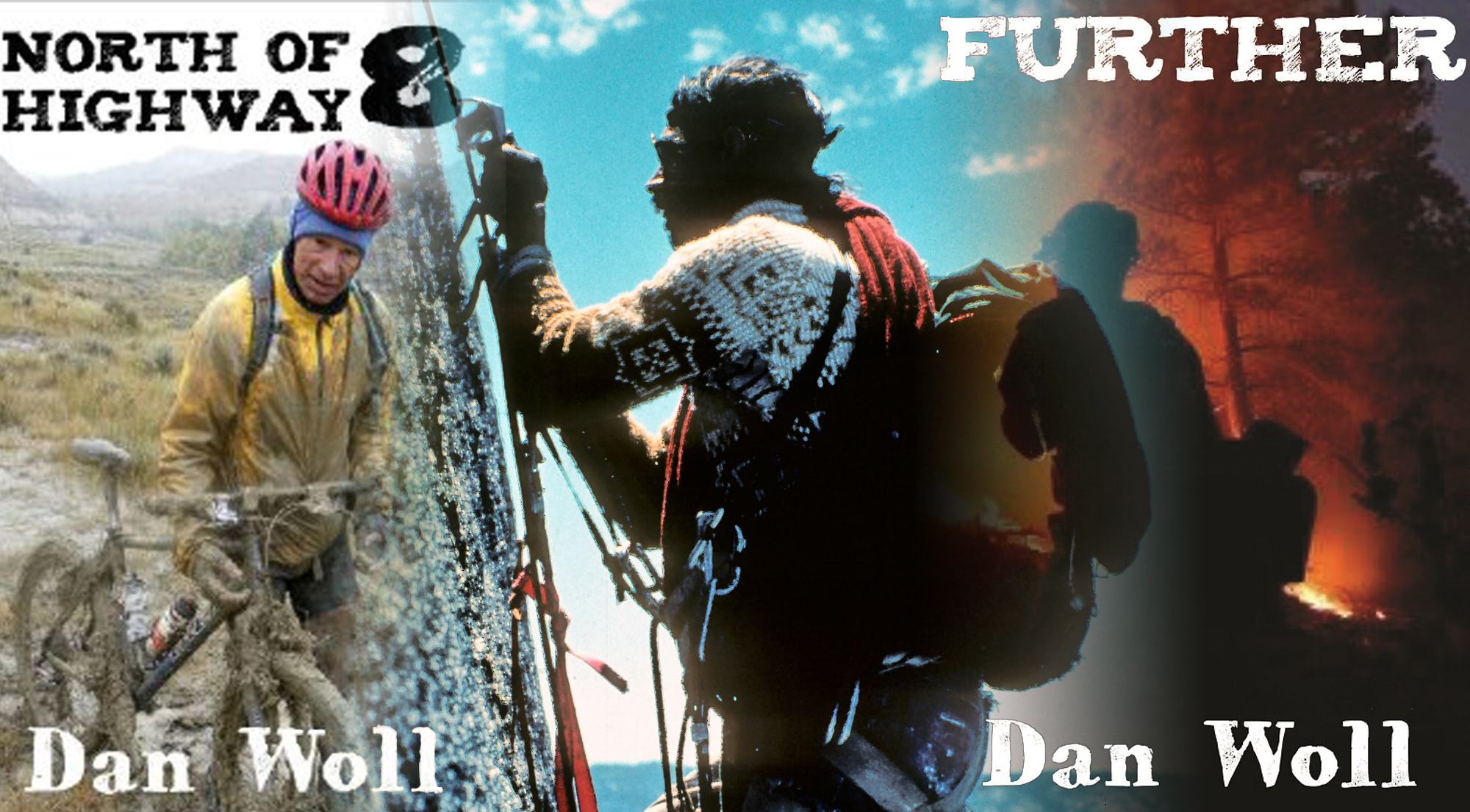
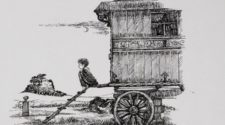
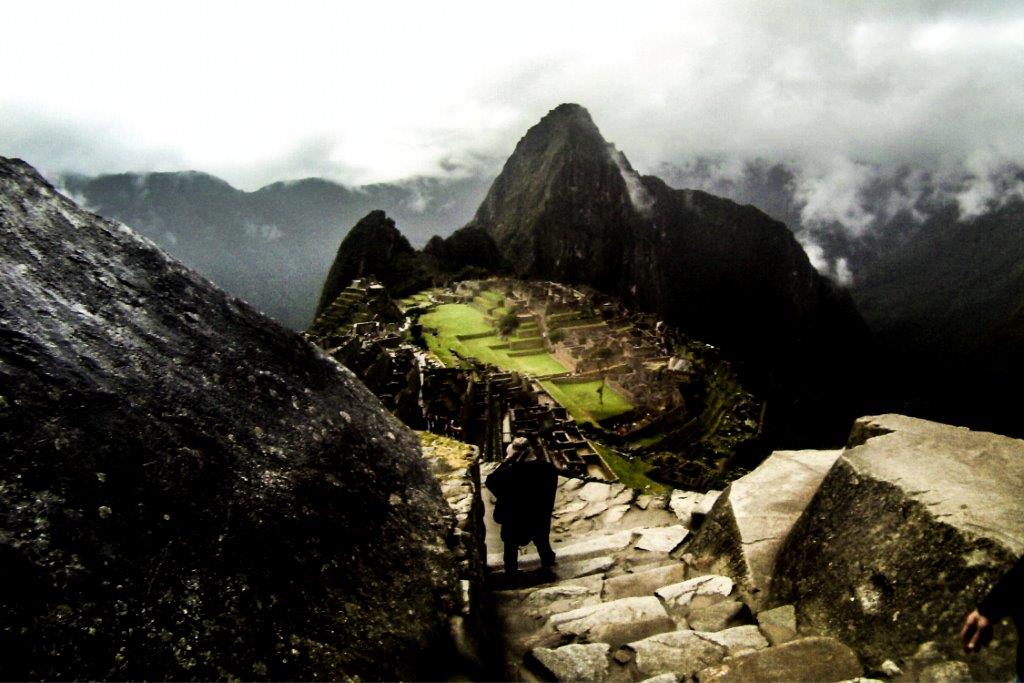
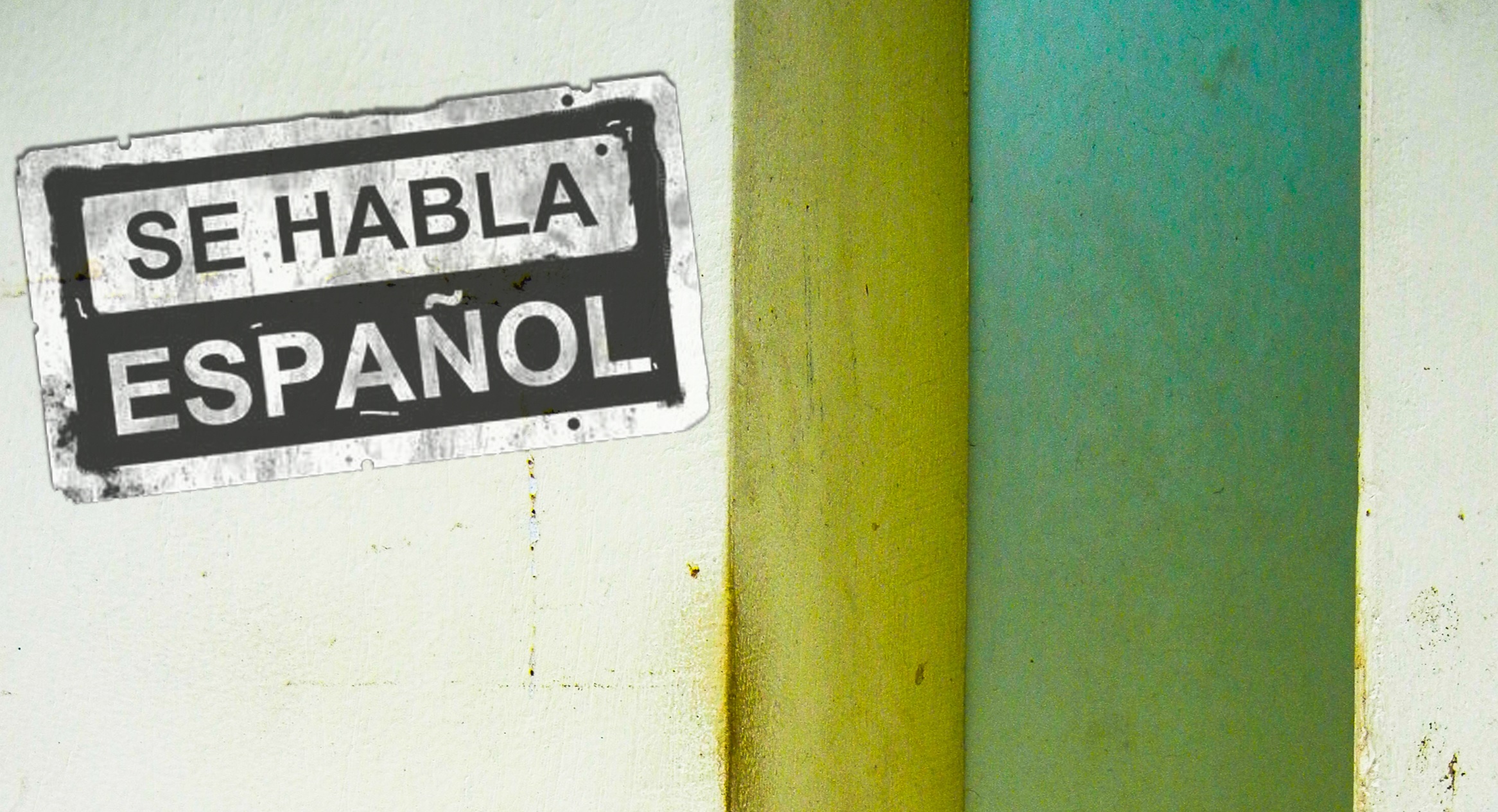
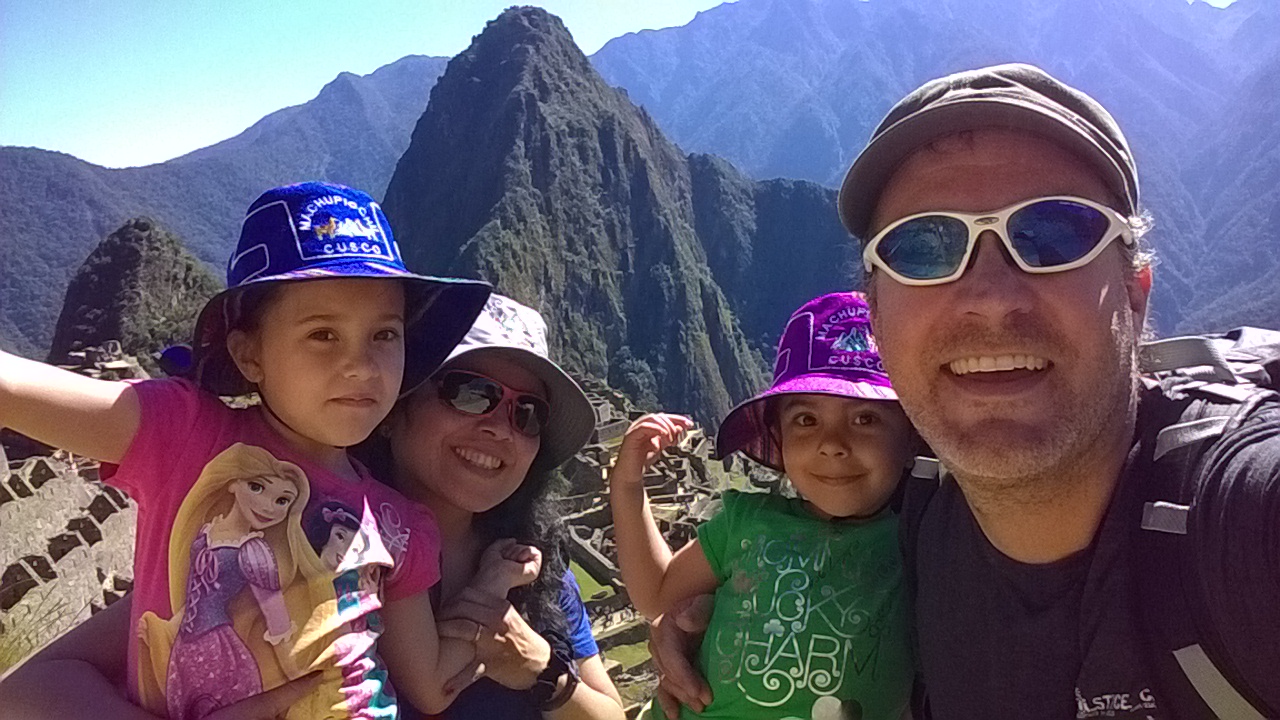

No Comment